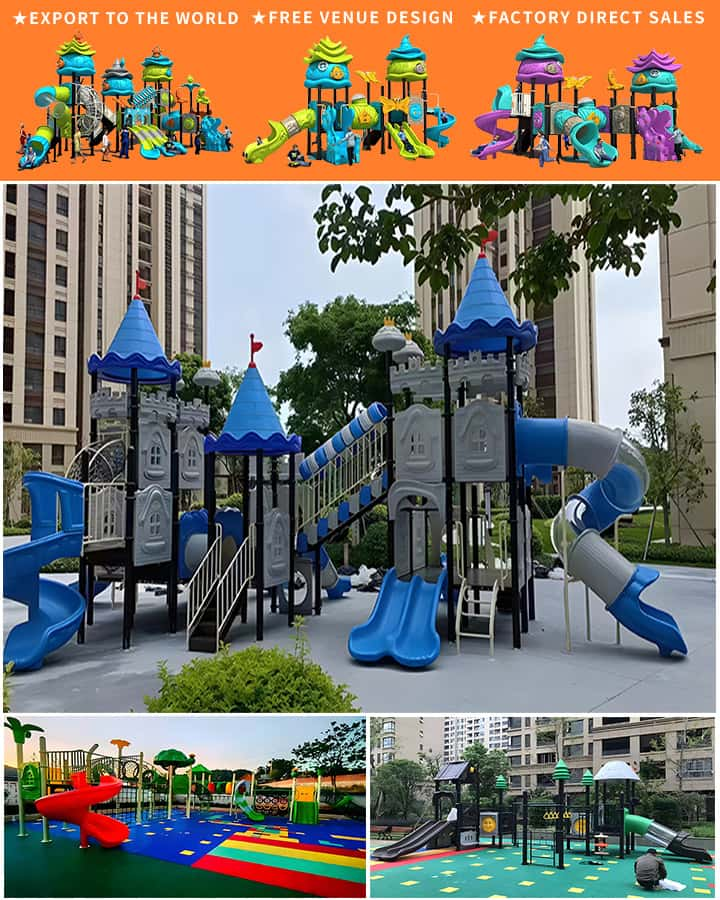The school playground, a vibrant hub of activity and excitement, holds a special place in every child’s heart. It is more than just an area for physical activities; it is a space where social skills are developed, creativity is unleashed, and memories are made. In this article, we will explore the multifaceted benefits of playing at the school playground and why it remains an integral part of childhood development.
Physical Fitness and Health
Playing at the school playground offers numerous benefits for physical health. Engaging in activities such as running, jumping, climbing, and sliding helps children improve their cardiovascular health, build strong muscles, and enhance coordination and balance. These physical exercises are crucial during the formative years when the body is growing rapidly. The playground provides a fun and informal setting for children to stay active, reducing the risk of obesity and related health issues.
Social Interaction and Cooperation

The playground serves as a melting pot of diverse interactions and relationships. Children from different backgrounds come together to play, learn, and grow. This environment fosters teamwork and cooperation as they engage in group games like tag, soccer, or even simple games of catch. Learning to share equipment, take turns, and resolve conflicts teaches valuable social skills that extend beyond the playground into other areas of life.
Cognitive Development and Creativity
Play is not only about physical movement but also stimulates cognitive growth. The open-ended nature of playground activities allows children to use their imagination and creativity. Building sandcastles, pretending to be superheroes, or navigating through obstacle courses require problem-solving skills and innovative thinking. These imaginative play sessions contribute to cognitive development by encouraging children to explore new ideas and think outside the box.
Emotional Well-being
The emotional benefits of playing at the school playground cannot be understated. It provides children with a sense of freedom and joy, allowing them to express themselves fully. The laughter, cheers, and occasional tears witnessed on the playground are all part of emotional learning. Children learn to manage their emotions, deal with both victories and defeats gracefully, and build resilience. The supportive and inclusive atmosphere of the playground helps boost self-esteem and fosters a sense of belonging.
Learning Through Play
Education extends far beyond the confines of a classroom. The school playground offers a plethora of opportunities for experiential learning. Whether it’s counting steps on a ladder, understanding spatial awareness on a seesaw, or practicing motor skills on parallel bars, every piece of playground equipment provides a lesson. Teachers can incorporate these elements into their curriculum, making learning a dynamic and engaging process.
Conclusion
The school playground is much more than just a recreational space. It is a foundational element in the holistic development of children. From promoting physical fitness to nurturing emotional well-being, the playground plays a pivotal role in shaping young minds and bodies. As we continue to recognize its importance, ensuring safe, inclusive, and stimulating playground environments will help cultivate a healthier, happier, and more creative generation. So, let us cherish and support our school playgrounds, for they are truly the playgrounds of dreams and growth.




